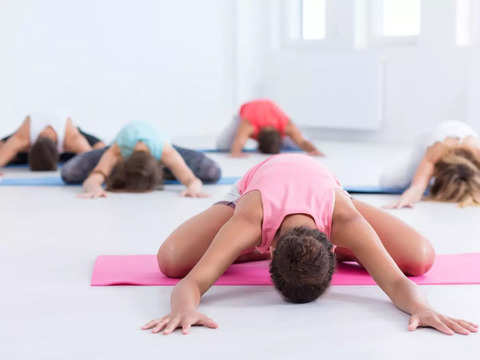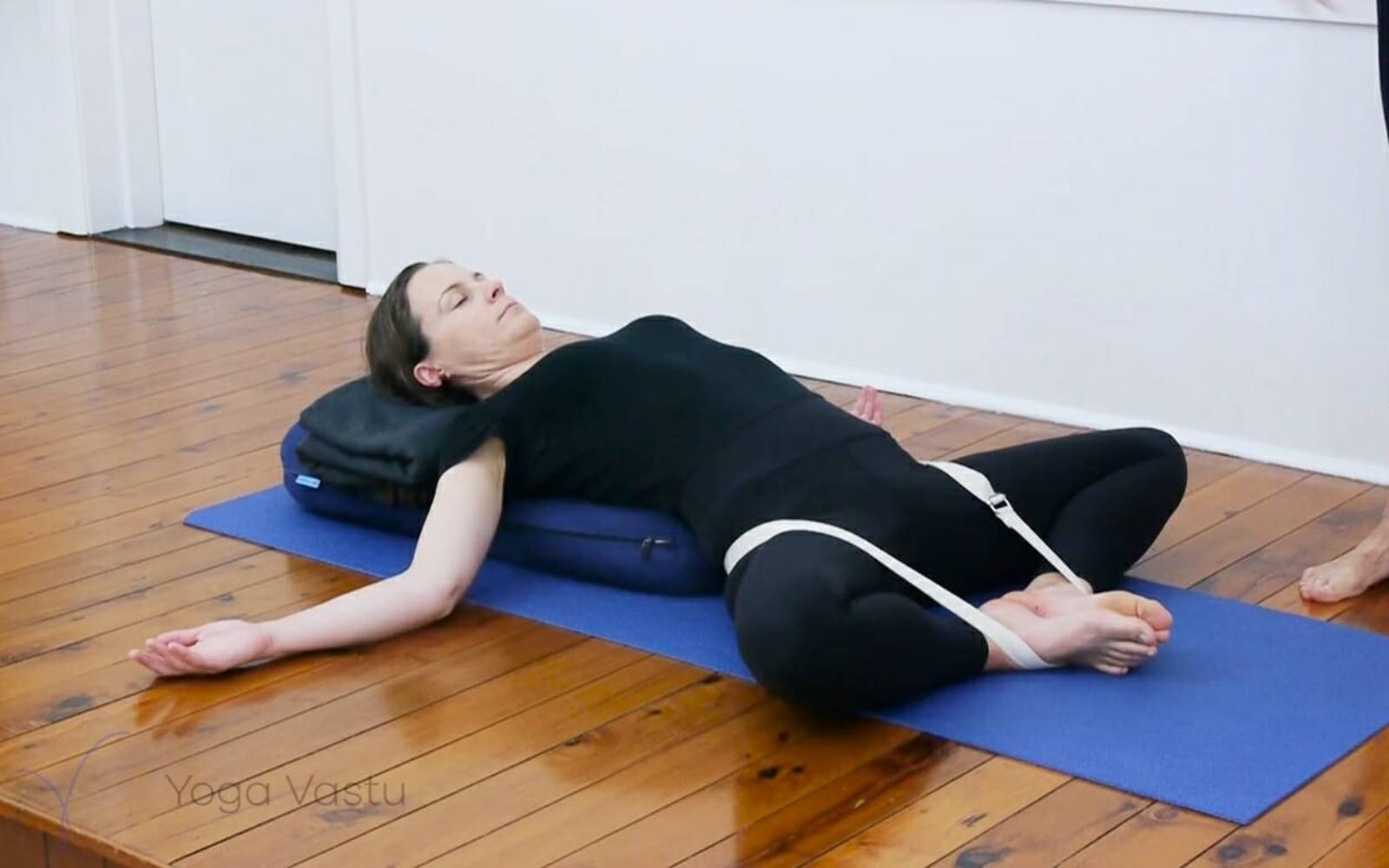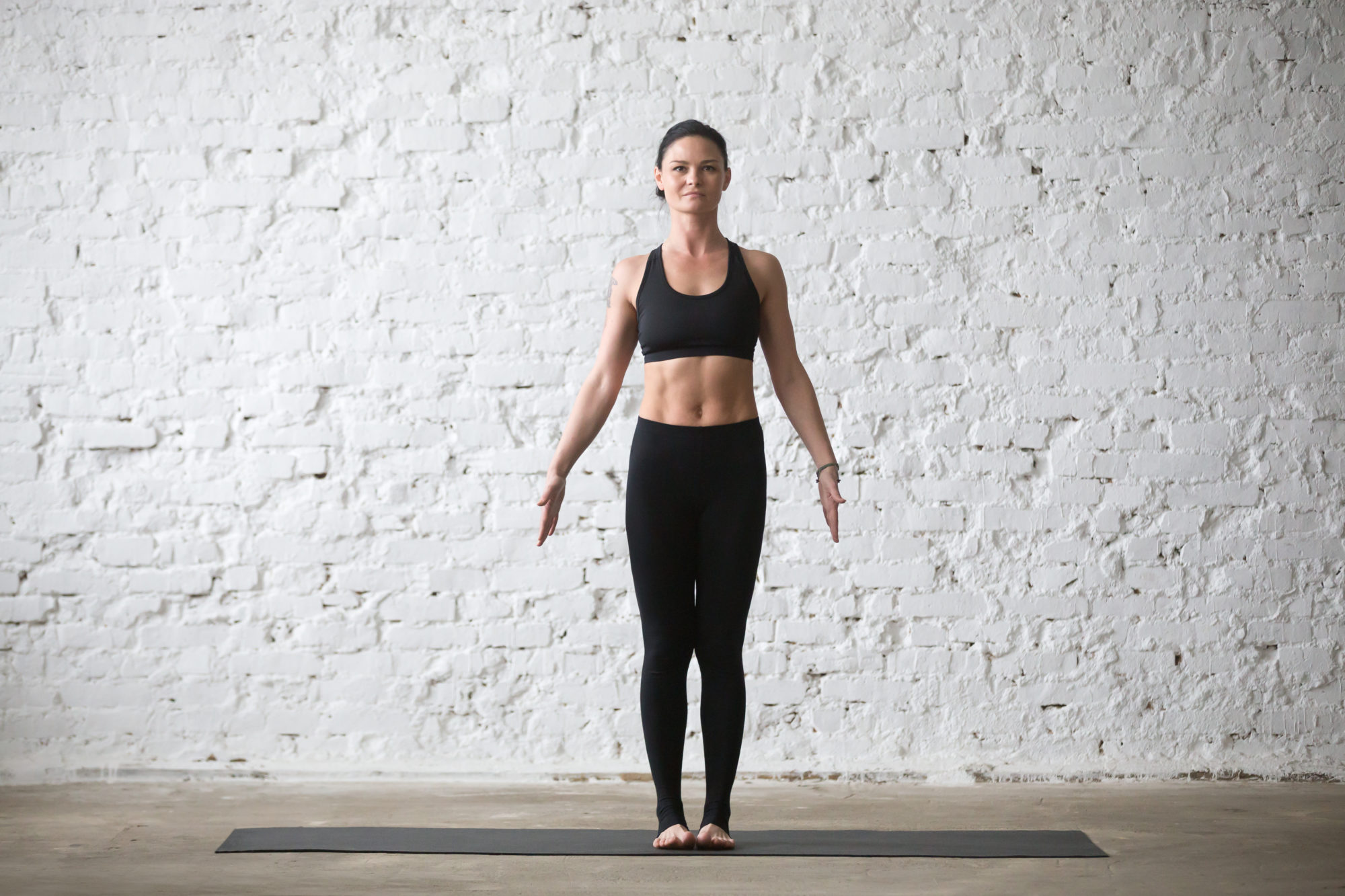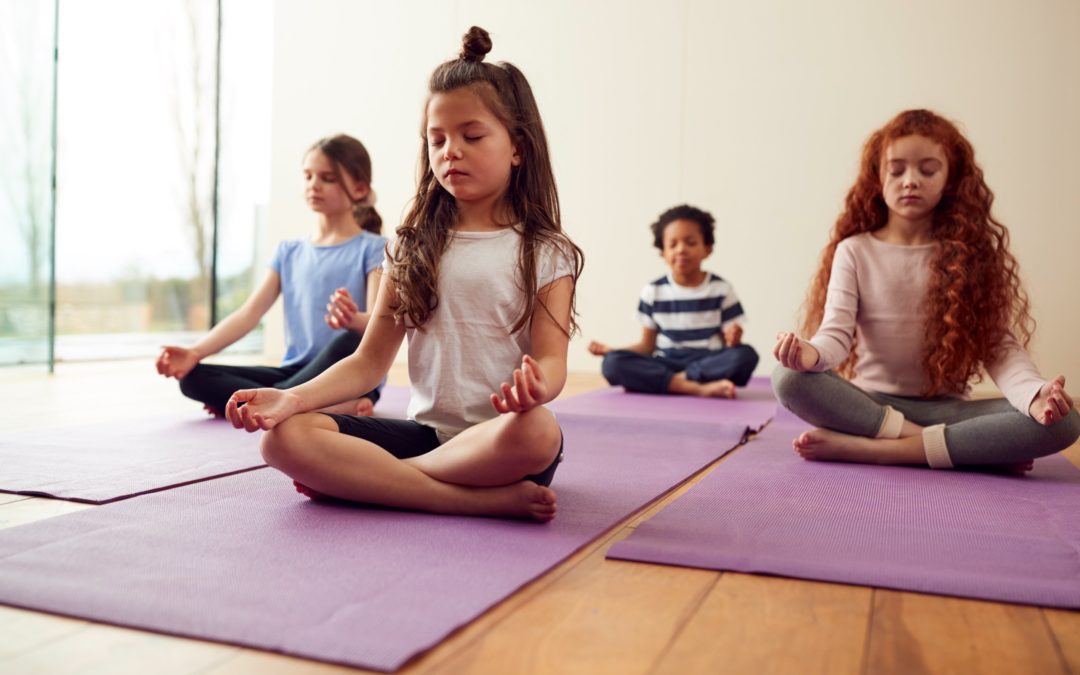Which pose of yoga is best for beginners?
There are numerous smart motivations to integrate yoga into your daily practice. Yoga further develops muscle tone, adaptability, strength, and equilibrium. It helps you unwind and diminish pressure, thanks to some extent to its mark pranayama relaxing. Research has likewise shown that yogic practices additionally lessen pressure, nervousness, misery, and persistent agony; assist you with resting better; and improve by and large prosperity and personal satisfaction.
8 Yoga Poses For Beginners

1. Cat – cow pose (Marjariasana)
Feline cow is an incredible method for heating up your back and work your center without the additional weight on your wrists and shoulders that you could feel in different stances like down canine.
How to:
Get on your mat down on the ground with your hands straightforwardly beneath your shoulders and your knees straightforwardly underneath your hips. Disperse your weight similarly between your hands and spread your fingers wide. Breathe in and round your back, curving it up as you bring down your jaw to your chest; feel the stretch from your neck to your tailbone, similar to a feline. As you breathe out, lower your back down the entire way to a scoop shape as you lift your head, and slant it back.
Benefits:
This fledgling yoga present further develops assimilation. It loosens up the brain. It makes the spine adaptable and reinforces knee, wrist, and shoulder joints. Also, the feline cow present loosens up the brain.
2. Child’s pose (Shishuasana)

Think about this posture as your reset second. It is an incredible spot to take a load off during class on the off chance that you really want one.
Instructions to:
From feline cow present, essentially bring down your butt to your heels as you bring your chest toward the floor over your knees. Bring down your shoulders and go to the floor. Place your arms along your sides, palms down, or you can uphold your head by collapsing your arms under your brow. Inhale and unwind however long you want to.
Benefits:
This simple yoga present alleviates clogging and calms the sensory system. The kid's posture extends every hip, thigh, and leg muscle.
3. Downward facing pose (Adho Mukha Svanasana)
One of the most conspicuous and well known postures of the pack with bunches of solidarity building benefits.
Step by step instructions to:
In the descending confronting canine represent, your body frames an upset Angular shape. Begin by putting two hands on the mat before you, palms down; your hands ought to be somewhat before your shoulders. Put your knees on the ground straightforwardly under your hips. Breathe out as you lift your knees off the ground and lift your rear end and hips toward the roof. Push the highest point of your thighs back and stretch your heels down toward the floor. Hold your head down between your upper arms and in accordance with them, not hanging down. On the off chance that you notice your lower back adjusting, take a stab at bowing your knees to assist with stretching your back.
Benefits:
Descending confronting canine quiets the sensory system, deals with in general adaptability, de-pressurizes the spine, conditions the arms, shapes the legs, and opens the shoulders.
4. Bound angle pose (Baddha Konasana)

This posture is prevalently known as Butterfly Posture because of the development of the legs, which gives the presence of a butterfly fluttering its wings.
Instructions to:
Sit easily with your legs extended before you. Crease your knees and carry your feet nearer to your pelvis with the bottoms contacting one another. Sit straight and relax.
Benefits:
This situated posture further develops defecations and adaptability in the crotch and hip locale. The bound point present additionally eases feminine uneasiness.
5. One-legged forward bend (Janu Shirasana)
This is a phenomenal posture for specialists, everything being equal. The posture gives a full-body stretch and gives a gentle spinal contort. The posture gets its name from the Sanskrit words janu, meaning knee, sirsa, importance head, and asana, significance present.
Step by step instructions to:
Sit easily with your legs loosened up straight before you, keeping your spine erect.
Twist your left knee and spot your left foot against your right thigh, keeping your left knee on the floor. Taking in, raise the two arms over your head and stretch up. Wind somewhat to one side from your midriff. Breathing out, twist forward from your hip joints driving with your jaw, keeping the spine straight. Hold for a couple of moments. Taking in, coming up and breathing out, bring your arms down to your sides. Rehash on the opposite side.
Benefits:
The one-legged forward twist is an essential yoga represent that extends the lower back. It kneads the stomach and pelvic organs and tones the shoulders, extending the shoulder bones.
6. Mountain pose (Tadasana)

Considered as the mother of all yoga represents, the mountain present just looks simple yet this posture is the establishment for the majority different places that require mindfulness and equilibrium. It is through this represent that one tracks down the legitimate arrangement and soundness for extra high level stances.
Instructions to:
Stand with feet together and arms next to you. Ground your feet, making a point to squeeze each of the four corners down into the ground. Then, fix your legs, then, at that point, fold your tailbone in as you draw in your thigh muscles. As you breathe in, stretch through your middle and broaden your arms up, then, at that point, out. Breathe out and deliver your shoulder bones from your head, rearward of your abdomen as you discharge arms back to your sides.
Benefits:
This standing posture further develops stance and focus. Moreover, the mountain present reinforces the leg muscles, extends the spine, and deliveries strain from the face.
7. Angle pose (Konasana)
Feeling firm and sore in the wake of a difficult day at work? Get a decent stretch all through your body and ease back torment with this simple point present.
Instructions to:
Stand straight with feet hip-width separated. Hold your arms close by your body. Taking in, raise your left arm up. Keep the fingers of your left hand pointed towards the roof. Breathing out, curve to one side. Keep your chest looking ahead and your left arm facing up. Keep the two knees straight. Turn your head to gaze toward the left palm. Taking in, fix your body back to the middle. Breathe out as you cut the left arm down. Rehash with the right arm. Carry your chest area to a consistent point towards the left. Keep your chest forward, extending your right side.
Benefits:
This standing posture helps those experiencing obstruction and sciatica. Increases adaptability of spine and tones the chest area, including arms, legs, and stomach organs.
8. Warrior 1 (Virabhadrasana 1)
Champion posture, or Virabhadrasana, is perhaps of the most remarkable posture in a yoga schedule. Channel your internal strength, fortitude, and balance with this unique stance!
The most effective method to:
Begin in mountain present. As you breathe out, step your left foot back around four feet, so you're in a rush situation with the right lower leg over the right knee. Raise your arms straight above, biceps by ears, and turn your passed by walking around 90 degrees to confront the left wall. Adjust your passed on heel opposite to your right heel. Extend your chest and pull your shoulders back, then, at that point, lower down toward the floor as you lift your arms up. Ensure your hips stay square to the front, as you keep on relaxing.
Benefits:
This simple posture further develops balance in the body, expands endurance, and deliveries stress in the shoulders. Additionally, fortifies the legs, arms, and lower back. The champion posture is extremely useful for those driving an inactive way of life.
FAQs
How should a beginner start yoga?
Begin with Acknowledgment.
Discharge Assumptions.
Grasp the Center of Yoga.
Notice Your Relaxing.
Settle in Quietness.
Learn Fundamental Yoga Stances.
Find Novice Classes.
What type of yoga is best for beginners?

Hatha yoga is normally the most well-known and starting yoga style the vast majority will encounter while going to a Yoga class interestingly. This class follows an Iyenger-style design which is a construction zeroing in vigorously on structure, detail, accuracy, and arrangement from a progression of Yoga stances, otherwise called Asanas.






